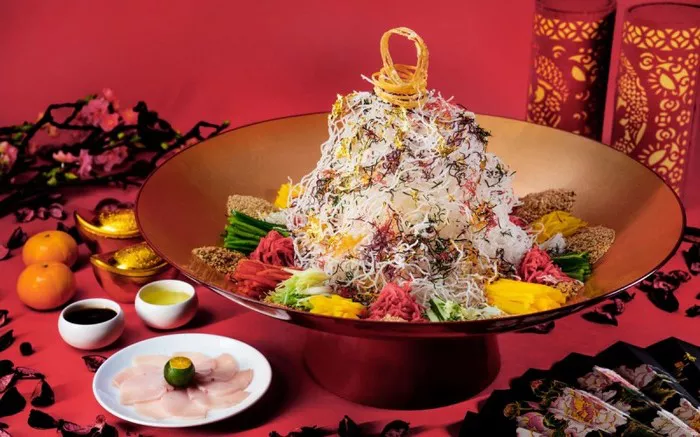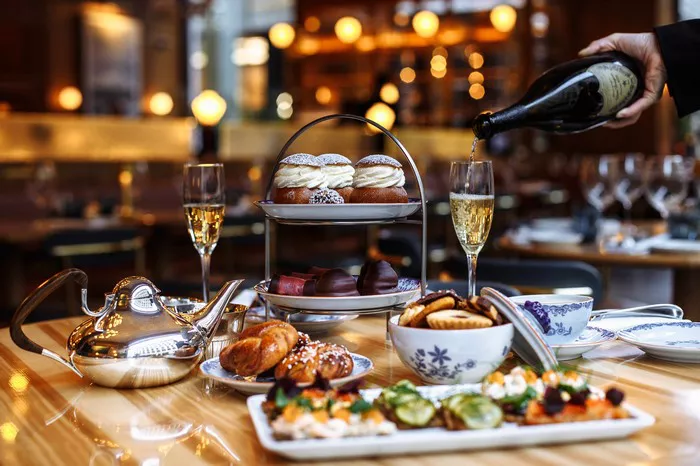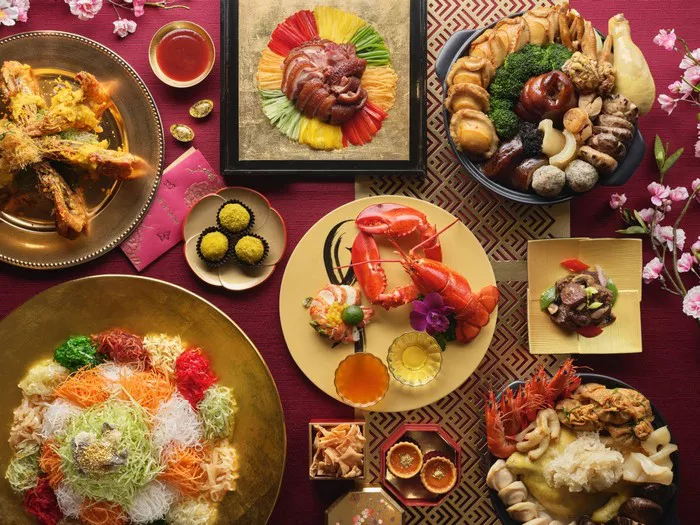The twinkling lights, the shimmering ornaments, and the evergreen charm of Christmas trees have become synonymous with the holiday season. But have you ever wondered where the tradition of decorating Christmas trees originated? Delving into the rich tapestry of history, we uncover the fascinating origins of this cherished festive practice.
Aspect 1: Ancient Symbolism of Evergreens
Pagan Traditions: The roots of decorating evergreen trees during winter trace back to ancient pagan traditions. Various cultures, including the ancient Egyptians, Romans, and Celts, revered evergreen plants as symbols of eternal life and vitality. These trees were believed to ward off evil spirits and ensure the return of spring’s bounty.
Medieval Paradigm Shift: With the advent of Christianity, the Church aimed to integrate pagan practices into Christian festivities. The medieval “Paradise Plays” featured evergreen trees symbolizing the Garden of Eden. This transformation paved the way for the fusion of ancient rituals with religious narratives.
Paradigm Shift: The concept of the “Paradise Tree” evolved over time, with medieval Europeans decorating trees with apples on December 24th, the feast day of Adam and Eve. This tradition symbolized the original sin and the promise of redemption through Christ.
Aspect 2: Germanic Origins and Spread
German Christmas Pyramids: In the 16th century, Germany played a pivotal role in shaping the modern Christmas tree tradition. Early Germanic communities crafted wooden pyramids adorned with evergreen branches, candles, and seasonal decorations. These pyramids are considered precursors to the contemporary Christmas tree.
Martin Luther’s Influence: The Protestant Reformation led by Martin Luther further popularized the Christmas tree. Legend has it that Luther was captivated by the beauty of stars twinkling through evergreen trees. He replicated this scene by placing candles on a tree, symbolizing Christ as the light of the world.
Royal Adoption: By the 18th century, Christmas trees gained favor among European nobility. Queen Victoria’s marriage to Prince Albert of Germany introduced the Christmas tree to England. A sketch of the royal family around a decorated tree solidified the tradition’s popularity in the English-speaking world.
Aspect 3: American Assimilation
Colonial Influence: In the early 17th century, European settlers brought the tradition of decorating Christmas trees to America. However, due to Puritan influences, the practice initially faced resistance and even condemnation.
Washington Irving’s Impact: Renowned author Washington Irving wrote about a scene he witnessed in 1804, where New York’s German population celebrated Christmas with a decorated tree. His writings helped kindle interest in the tradition, although it wasn’t widely embraced until later.
Victorian Flourish: The mid-19th century witnessed the full assimilation of the Christmas tree tradition in America. The popularization of Queen Victoria’s Christmas tree image, along with technological advancements, led to widespread adoption of this festive practice.
Aspect 4: Modern Transformations
Electric Illumination: The advent of electricity in the late 19th century revolutionized Christmas tree decoration. Candles were replaced with electric lights, making trees safer and more vibrant.
Ornament Evolution: Throughout the 20th century, ornaments evolved from simple apples and candles to an array of intricate designs, reflecting cultural and artistic trends.
Global Variations: Today, the tradition of decorating Christmas trees has transcended borders and cultures. Different regions have incorporated their unique touches, such as the use of different types of foliage, colors, and ornaments.
Aspect 5: Symbolism and Continuation
Symbol of Unity: The Christmas tree has come to symbolize unity, hope, and the spirit of giving. Families and communities gather around these beautifully adorned trees to celebrate the joy of the holiday season.
Continued Evolution: As time progresses, the Christmas tree tradition continues to evolve. Environmentally conscious efforts have led to the rise of sustainable and artificial trees, aligning with modern values.
Time-Honored Tradition: The tradition of decorating Christmas trees remains a cherished and heartwarming practice, connecting generations and reminding us of the rich history and cultural diversity that define our holiday celebrations.
Conclusion:
In tracing the journey of decorating Christmas trees from ancient pagan rituals to the globalized tradition we cherish today, we gain a profound appreciation for its historical significance and cultural evolution. As we gather around these adorned trees each year, we connect with our past while looking forward to the joys of the holiday season.























